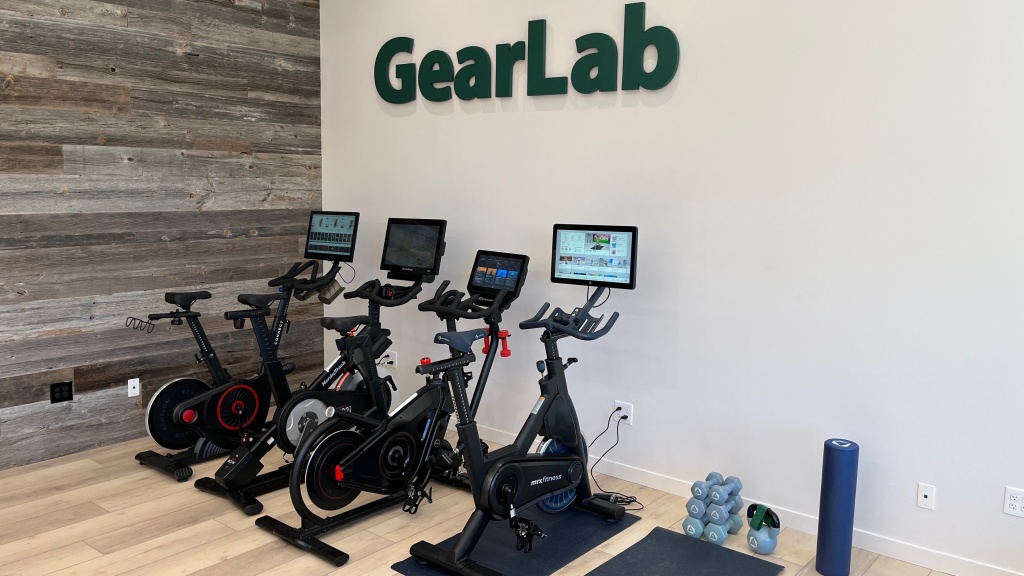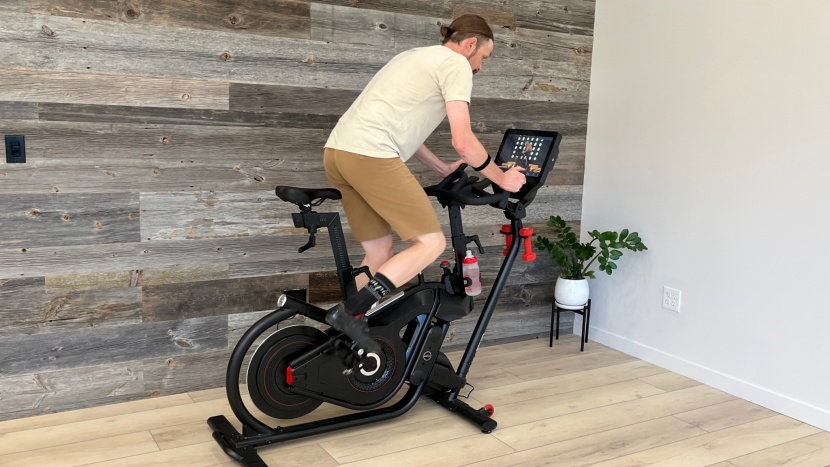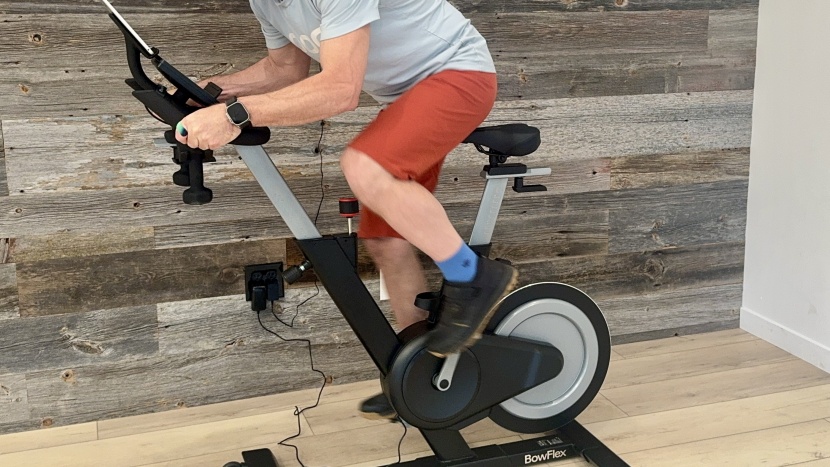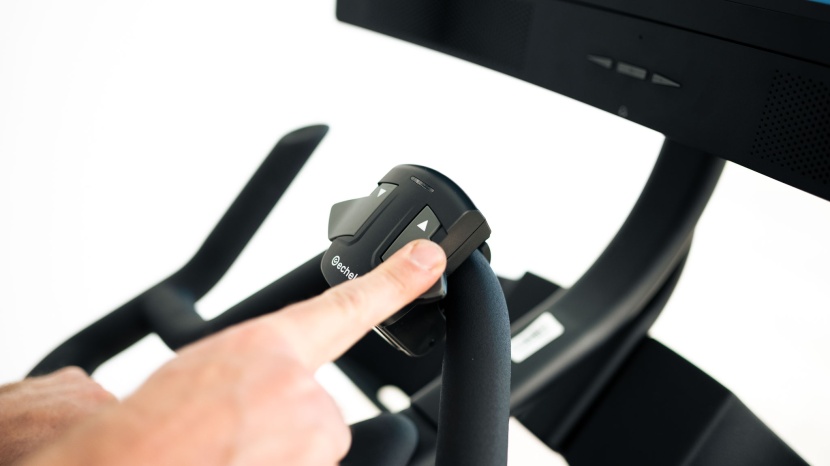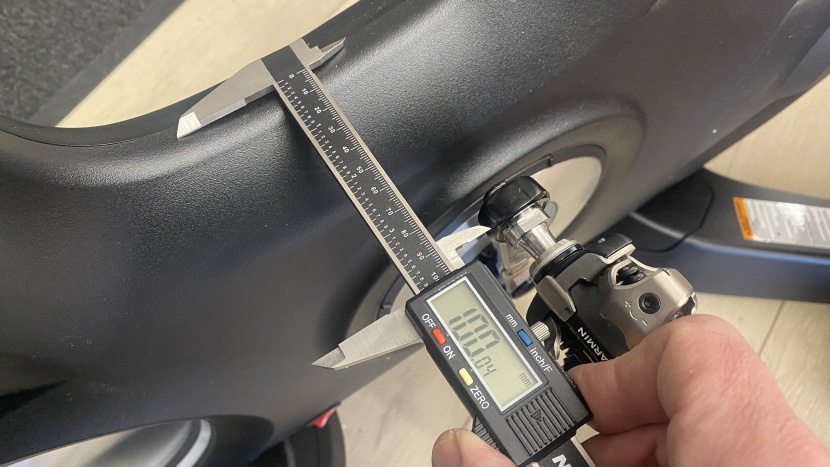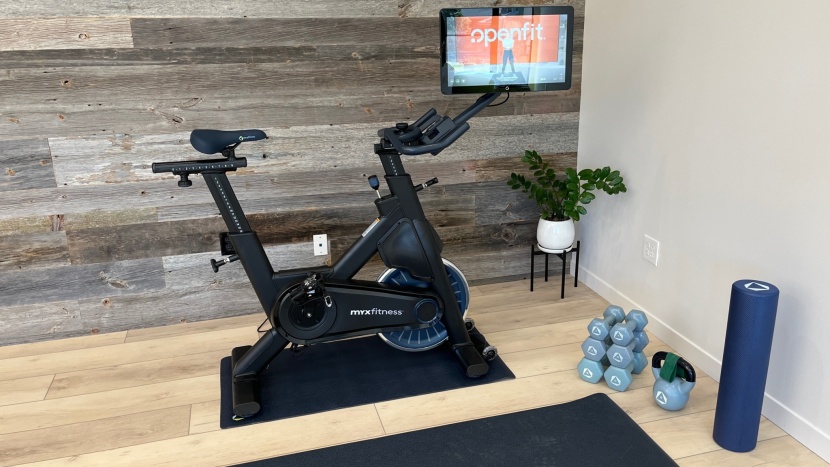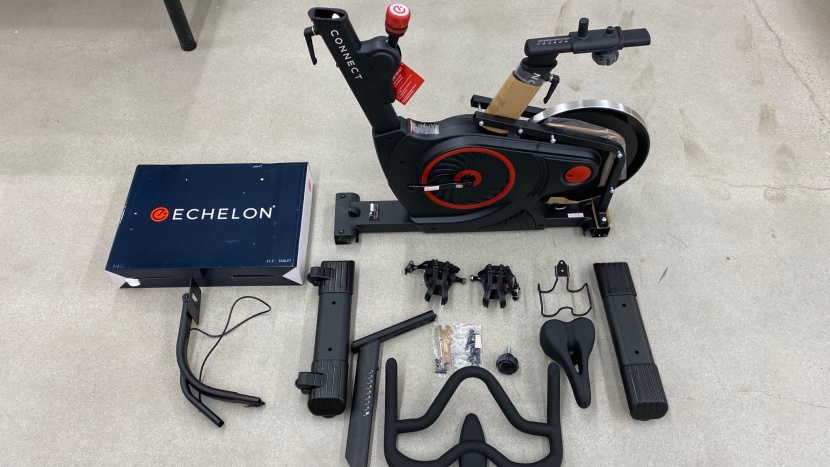We spent several months riding and assessing each of the top exercise bikes currently available to evaluate their strengths, weaknesses, and performance differences. To ensure complete independence in our evaluation, we purchased all the exercise bikes ourselves and did not accept any free units or sponsorship from manufacturers. After thoroughly testing each bike, our team rated them based on predetermined performance metrics, including exercise quality, companion app/connectivity, comfort, user interface, features, setup/assembly, and portability.
Exercise Quality
We focused on evaluating the exercise quality of each bike model through direct comparisons. We measured the number of resistance settings and assessed their suitability for different fitness levels, ranking the quality of resistance for a smooth feel.
To test stability, we used riders of various sizes and weights. We also examined all available features, including adjustable incline/decline, automatic resistance, and electronic components. For app-connected bikes, we evaluated app integration and its impact on workouts.
We varied our workouts from easy recovery spins to high-intensity interval training, utilizing the associated apps and features to determine the overall quality of each bike's workout.
=Companion App and Connectivity=
Most modern exercise bikes are linked to companion apps like Peloton, Echelon, and iFit. While they can be used independently, many depend on the app for a quality experience—some, like the Echelon EX-8S, require a subscription to function effectively. We tested each bike with its app, evaluating the user interface, variety of classes and rides, instructor quality, and third-party integration. Although we didn't factor in price for our rankings, we noted membership costs for consideration when selecting an exercise bike.
Connected exercise bikes rely on WiFi and Bluetooth to take advantage of their companion apps, so their connectivity is paramount to their performance. Bikes with integrated touchscreens are becoming the norm, while others rely on tablets or similar devices to serve as the display. To test connectivity, we connected to several different WiFi networks with varying strengths and assessed start-up times and latency. We also paired with various Bluetooth accessories like tablets, headphones, and heart rate monitors to get a feel for each model's ability to connect to various devices.
Comfort
To assess comfort, we gathered feedback from several testers on touchpoints like the seat, handlebars, and grip surfaces. We evaluated fit adjustments, including vertical and horizontal settings for the seat and handlebars, which impact a bike's user height range and overall comfort. Additionally, we considered the Q-factor, the distance between the cranks for pedal attachment, which varies among bikes; most exercise bikes have a Q-factor between 150mm and 203mm. We measured each bike's Q-factor to compare it with road bikes and others we tested.
User Interface
User interactions with exercise bikes vary by model. High-end bikes typically feature touchscreens, while budget models use basic LCDs. We evaluated touchscreen responsiveness, resolution, and additional features like speakers and adjustable display angles. During test rides, we adjusted settings, selected workouts, and connected Bluetooth accessories, focusing on ease of use. Most bikes have a similar resistance knob, with some requiring a quick adjustment while others require multiple turns. For models without integrated screens, we assessed their console and resistance controls, often pairing them with tablets for workout apps.
Features
We focus on both the quantity and quality of these features and their impact on workouts. Some models offer only the basics, while others include numerous extras like heart rate monitors, dual-sided pedals, bottle holders, device shelves, dumbbells, speakers, fans, and adjustable incline/decline. While some features significantly enhance workouts, others, like wheel lights, may just add unnecessary complexity and cost.
Setup/Portability
Most tested models arrived in the manufacturer's packaging, with some assembled by the delivery crew. When we assembled a bike, we timed the process and gave it a difficulty score while considering its weight, size, and complexity. We measured the bikes and compared dimensions to manufacturer claims, noting that while size differences are minor, they can impact available space. We also assessed each bike's portability, as many weigh over 100 pounds and have transport wheels of varying effectiveness.
Conclusion
GearLab purchases and tests every product we review. After months of testing and comparing these machines, we hope our in-depth reviews help you select the ideal home exercise bike.

